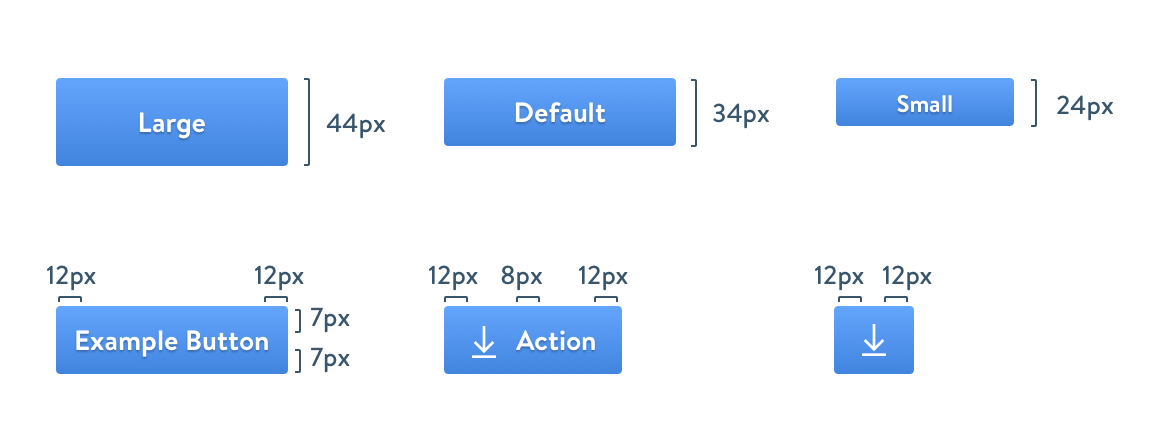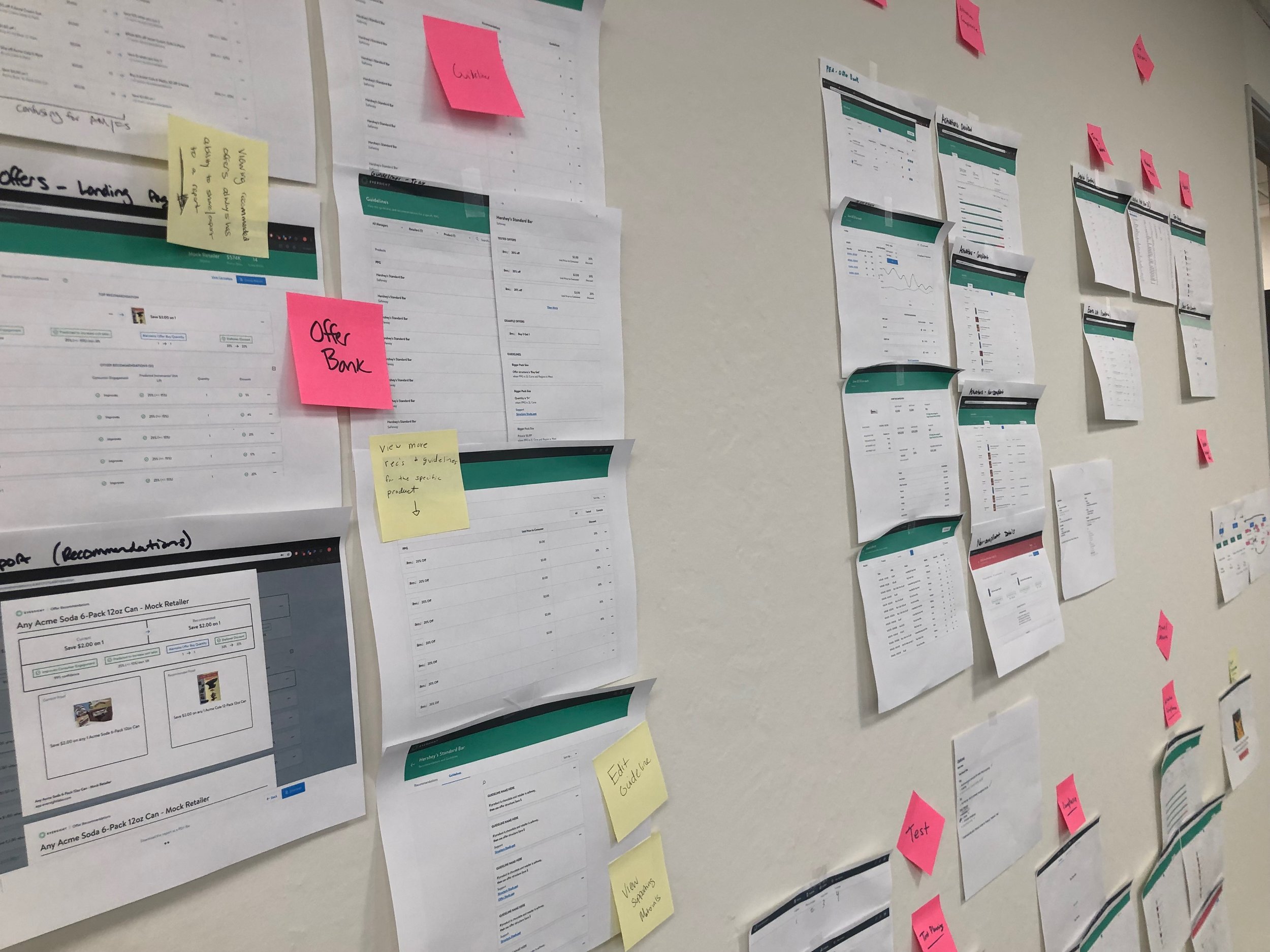Eversight
Empowering large-scale businesses to make better pricing and financial decisions.
Context
This is enterprise AI-powered software designed specifically for consumer packaged goods manufacturers and grocery retailers. It utilizes micro-testing and analysis to coach customers to use high-performing promotions and price points based on their goals.
My Role
I was the lead designer at Eversight working with a team of product managers, engineers, and managing 1 junior designer. I led all product design.
The Problem
Our turnover rates were growing and the root cause was from a lack of perceived and actual value by our customers. How could we increase engagement and conversions to boost our value and lower our customer turnover rates?
The Goal
Redesign, improve usability, and expand our target audience to increase engagement and conversions rates.
HEURISTICS & ANALYSIS
First we needed to address the usability issues and limited features of the current product. We needed to identify the pain points that existed and we asked ourselves how do we enable customers to understand what to do next and how can we make the product more valuable to them? Our assumptions were that if we could help them understand the product better and how it would help them do their jobs better, we could get them to use it more and ultimately convert on our KPI’s.
INSIGHTS & REQUIREMENTS
We quickly learned that there were two main issues with our existing product: customers’ mental models of the product were either skewed, inconsistent, or very poor… and they viewed our product as a “nice to have"“ rather than an integral part of their business process. We relied too heavily on our customer success team to push insights to them (which did not scale well).
We took a deep dive into these problems and we realized that we needed to provide more transparency around how the system worked and a better information architecture. We also needed to provide features that would help answer the questions our customers had which would coach them to follow our products’ recommendations and insights.
A key issue with artificial intelligence products is the “black box effect.” People don’t understand the inner working of how our AI does calculations and comes to new conclusions that essentially challenge the way they’ve been doing business for decades. It’s hard for people to trust such a machine without understanding how it works to a degree. Because of this, transparency is crucial in such a product. So we set a goal to provide that as often and as best as we could.
Explorations & Design Systems
As we set out to build out these new features and improved information architecture, I needed to create a strong design language. My goal was to not only increase the usability and aesthetics of our products, but to increase my design output so we could test more designs, faster, and with more customers.
We also focused on the initial architecture and navigation. Our goal here was to organize the features by tasks and topics in a manner that would give us the most flexibility as we scale and build more features.
I came up with numerous iterations and variations with the intent of testing as much as we could on as many things as we could.
Testing with Customers
We then tested our designs and prototypes with our existing customers. It was our intention to release this product to a select few customers first who were keen to provide feedback and be a part of the process. We tested various KPI’s, qualitative analysis, and usability experiments.
This is one of our early prototypes that we shared with customers. The UI designs are slightly different,
as we were also in the process of experimenting with the aesthetics and our brand.
Final Designs
After extensive user-testing and iterating, we released a freshly redesigned product with new and improved features, updated aesthetics, and even a company rebrand. Our goal at this point was to continue expanding our product offering and become a more integral piece of our customers’ business processes. I still work on this product today.
End Results
Our efforts led to a substantial increase in user engagement with our existing customers. Users found the tool to be easier to use as a result, which led to a 35% increase in renewals.












